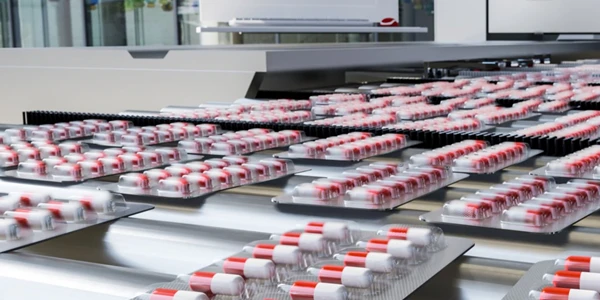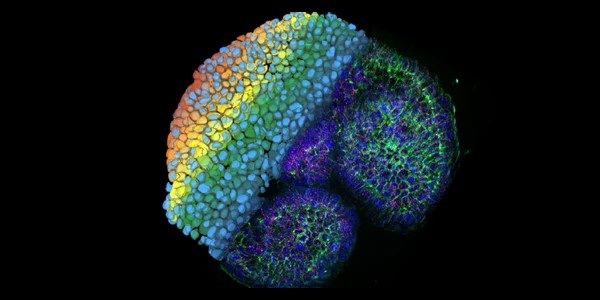We have detailed the Electrospray Ionization technique previously in the Mass Spectrometry Roundup: Ion Sources – Electrospray Ionization (ESI) post. Here we will move onto the second highly utilized ionization method employed in biological MS termed Matrix-Assisted Laser Desorption Ionization or MALDI. This technique allows the analysis of high molecule weight compounds such as peptides and proteins with high sensitivity and accuracy.
Two major differences from ESI are that the sample is adhered to a solid matrix instead of kept in the liquid phase, and transition to the gas phase involves ionization with a pulsed laser rather than an electric charge. The laser creates the energy for the matrix to adsorb and transfer to the sample, effectively ionizing both. In the gas phase, the matrix plays a further role in maintaining ionization of the sample and further ionizing uncharged and multiply charged molecules. These charged particles are subsequently guided into the analysis chamber using electrostatic lenses.
MALDI is most often paired with Time-of-Flight (TOF) analysis, which allows the separation of ions according to their mass-to-charge ratio (m/z). Discussion of TOF is the subject for a subsequent post. Here are some pros and cons of MALDI:
Pros
- Mass range of up to 300 kDa, although species with much higher mass have been reported
- Sensitivity on the order of low femtomole to low picomole, although attomole sensitivity is possible
- Soft ionization with little to no fragmentation
- Tolerance to salts in the millimolar range
- Tolerance to detergents
- Suitable for analysis of complex mixtures
Cons
- Low resolution; TOF in reflectron mode can be used to increase resolution at the expense of a decrease in sensitivity
- Matrix background, which can be a problem for compounds below a mass of 1000 Da and is dependent on the type of matrix
- Possibility of photodegradation by laser desorption/ionization
MS instrumentation has key requirements including calibration, vacuum maintenance, condensed gas conditioning, and many others largely specific to a type of ionization and analysis platform.
The choice of ionization depends predominantly on the nature of the samples and the source material. As mentioned, ESI and MALDI can be used with several analysis methods, however, they often work in an optimized fashion with certain mass analyzers. In a subsequent post, we will explore preferred mass analysis chambers.










